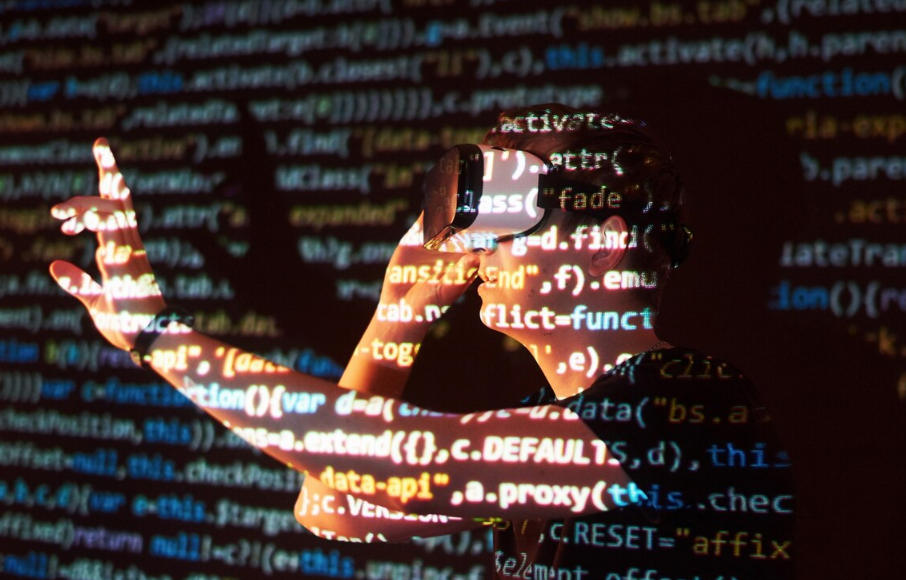In our rapidly evolving digital world, we are constantly pushing the boundaries of sensory interaction. While sight and sound have long dominated the landscape of digital media, a new frontier is emerging—digitally augmented smellscapes. This cutting-edge concept involves the integration of olfactory stimuli into digital environments, creating a more immersive and emotionally resonant experience.
What Are Smellscapes?
A smellscape is the olfactory equivalent of a landscape—an environment defined and experienced through scent. In the physical world, smellscapes are shaped by natural elements (like flowers, rain, or forests) and human activities (such as cooking, pollution, or perfume). They are highly localized and tied to memory and emotion.
Digitally augmented smellscapes aim to simulate or transmit these scent environments using technology, extending our sensory reach into virtual or remote settings.
The Technology Behind Digital Smell
While still an emerging field, several technologies are making digital smellscapes possible:
- Scent-emitting devices: These compact machines can release specific scents on command. Some are wearable, while others are designed for use in virtual reality (VR) headsets or smartphones.
- Scent cartridges and mixing systems: Similar to ink cartridges in printers, these contain a palette of base smells that can be mixed to create thousands of scent combinations.
- Olfactory interfaces: These systems detect user actions (like reaching for a virtual flower) and trigger scent emissions in real time.
Advanced models are integrating AI and IoT to create contextual and responsive olfactory outputs, adapting to user interactions or environmental cues.
Applications of Digitally Augmented Smellscapes
1. Virtual Reality & Gaming
Imagine walking through a medieval tavern in a VR game and smelling the scent of smoke, beer, and stew. Smell enhances immersion, making environments feel more alive and emotionally charged.
2. Mental Health & Therapy
Scents can evoke powerful emotional responses. Digital smellscapes are being explored in aromatherapy-based interventions, helping treat anxiety, PTSD, and depression by recreating comforting or therapeutic scent environments.
3. Education & Training
Medical training simulations could include the smell of antiseptics or cauterization. Geography lessons might incorporate the scent of rainforests or deserts. Smell adds a layer of realism that strengthens memory retention.
4. Marketing & Retail
Online shopping might one day include “scent previews” of perfumes or fresh foods. Retailers could embed olfactory cues into digital advertisements, heightening engagement and brand recall.
5. Remote Communication
Future communication platforms might allow people to send scent along with text, images, or voice. A birthday message could be accompanied by the smell of cake or fresh flowers.
Challenges and Ethical Questions
Despite its promise, digitally augmented smell still faces significant hurdles:
- Standardization: Unlike audio or video, scent lacks a universal coding system.
- Latency and delivery: Timing is crucial; a scent arriving even a second too late can break immersion.
- Health and allergies: Exposure to synthetic scents could trigger reactions in sensitive individuals.
- Privacy concerns: Could scent data be collected and used for profiling?
Furthermore, there’s a philosophical debate: Should we replicate natural smells, or invent entirely new olfactory experiences?
The Future of Scent in the Digital Age
Digitally augmented smellscapes are more than a novelty—they represent a multisensory evolution in how we design, experience, and relate to digital content. As the technology matures, we may find ourselves navigating digital worlds as rich in scent as the physical one, adding new dimensions to storytelling, memory, and connection.
The nose, long overlooked in digital design, is finally stepping into the spotlight—and it smells like the future.


